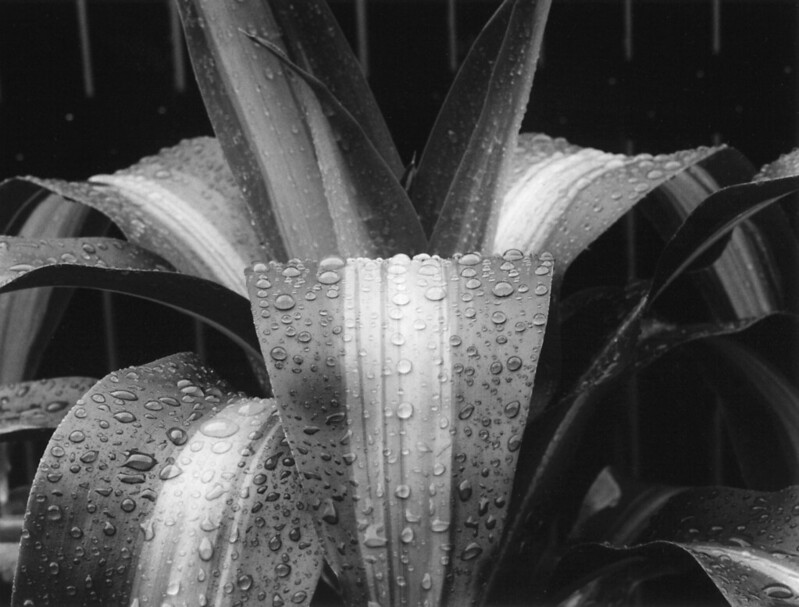Postby Mick Fagan » 22 May 2023, 18:58
Aha, quite detailed reciprocity details there Maris. Kodak have at times surprised me with many films and their longer than one second measured exposure versus required exposure requirements. Ektar 25 professional was relatively unique, as no reciprocity adjustments were needed until 10 seconds measured exposure happened. So even with it being two stops slower than Ektar 100, it was able to gather light more easily and better than the faster film.
The biggest surprise to me was with Ektar 25 professional C41 film, we used it at work for a very big advertising campaign for Kodak Australasia. We literally made same size full length portrait colour prints of people. These were then sealed and displayed by attaching one to every post on the walking bridge to the Australian Tennis Open.
This was really interesting as all of the portraits were taken with 135 film and enlarged directly from a 10"x10" DeVere horizontal enlarger. After the tennis had finished, the whole lot went on an advertising tour of the country. With each portrait we were given the height measurement of each subject, to ensure we actually made the pictures same size.
As we used 6' wide colour negative paper, it wasn't a cheap exercise even if Kodak supplied the roll(s) of paper. Which came in what looked like a lead coffin. The paper size was 6' wide by 100' long and our paper processor was only 2" wider than the paper, which was alright for these as we spliced the paper in the dark by cutting about 2' of paper from one side and used those cut-offs for test strips.
We actually wanted Ektar 25 professional as a 4x5" sheet film, we had plenty of museum stuff happening on the side and this film would've been perfect, but it was only ever supplied as roll film.
Getting back to your figures, 1.54 sounds about right, but yeah, the contrast change can be something else again.
